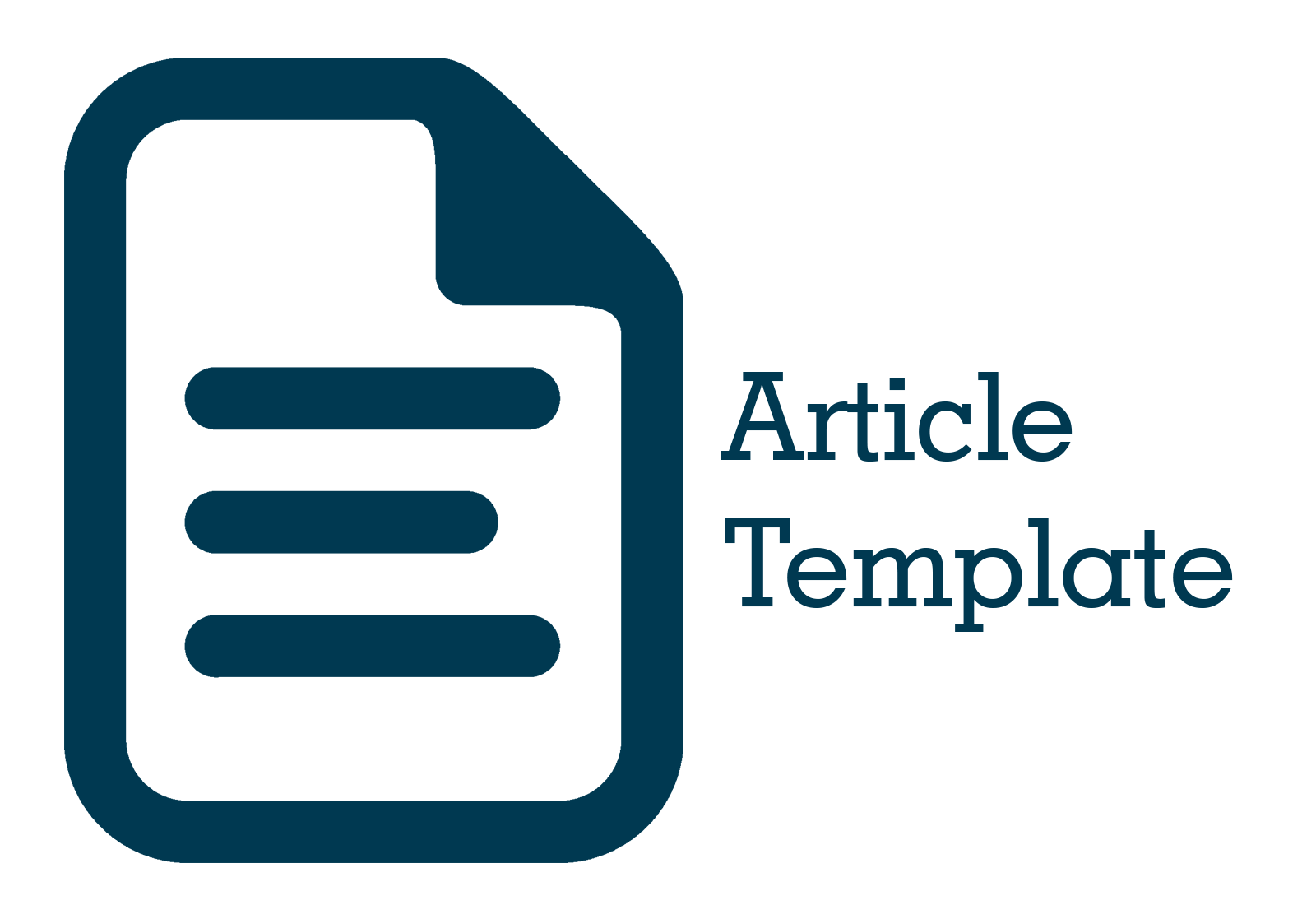Transformation of Intellectual Capital through Management Accounting System: An Industry Perspective
Keywords:
Intellectual Capital, Management Accounting System, PerformanceAbstract
This study examines the transformative impact of management accounting systems on intellectual capital within various industries. Drawing on quantitative research methodologies, the paper employs a robust analytical framework to assess how different components of intellectual capital human, structural, and relational capital—are influenced by the strategic implementation of management accounting practices. Utilizing data from over 300 firms across multiple sectors, this research identifies significant correlations between the sophistication of management accounting systems and the enhancement of intellectual capital. The findings reveal that firms with advanced management accounting systems demonstrate superior performance in terms of innovation output, operational efficiency, and strategic alignment. Additionally, this study highlights the role of industry-specific factors in moderating the relationship between management accounting systems and intellectual capital transformation. These insights contribute to the theoretical understanding of the dynamic interplay between accounting practices and intellectual assets, offering practical implications for managers aiming to leverage accounting systems to foster intellectual growth and competitive advantage. The paper concludes with recommendations for further research and a discussion on the potential for management accounting systems to adapt to the evolving demands of the digital economy.
References
Al-Dmour, H., Abbod, M., & Al-Qadi, N. S. (2020). The impact of management accounting practices on the business performance of manufacturing companies in Jordan. Academy of Accounting and Financial Studies Journal, 24(3), 1-17. https://doi.org/10.5281/zenodo.4720620
Andreeva, T., & Garanina, T. (2016). Do all elements of intellectual capital matter for organizational performance? Evidence from Russian context. Journal of Intellectual Capital, 17(2), 397-412. https://doi.org/10.1108/JIC-07-2015-0062
Bontis, N., & Fitz-enz, J. (2002). Intellectual capital ROI: A causal map of human capital antecedents and consequents. Journal of Intellectual Capital, 3(3), 223-247. https://doi.org/10.1108/14691930210435589
Chang, C., & Hsieh, J. (2011). Intellectual capital and value creationis innovation capital a missing link? International Journal of Business and Management, 6(2), 3-12. https://doi.org/10.5539/ijbm.v6n2p3
Chenhall, R. H. (2003). Management control systems design within its organizational context: Findings from contingency-based research and directions for the future. Accounting, Organizations and Society, 28(2-3), 127-168. https://doi.org/10.1016/S0361-3682(01)00027-7
Cleary, P. (2015). An empirical investigation of the impact of management accounting on structural capital and business performance. Journal of Intellectual Capital, 16(3), 566-586. https://doi.org/10.1108/JIC-06-2014-0073
Dumay, J., & Garanina, T. (2013). Intellectual capital research: A critical examination of the third stage. Journal of Intellectual Capital, 14(1), 10-25. https://doi.org/10.1108/14691931311288995
Joshi, M., Cahill, D., Sidhu, J., & Kansal, M. (2013). Intellectual capital and financial performance: An evaluation of the Australian financial sector. Journal of Intellectual Capital, 14(2), 264-285. https://doi.org/10.1108/14691931311323887
Leitner, K. H. (2011). The effect of intellectual capital on product innovativeness in SMEs. International Journal of Innovation Management, 15(2), 303-329. https://doi.org/10.1142/S1363919611003191
Marr, B., Schiuma, G., & Neely, A. (2004). Intellectual capital – defining key performance indicators for organizational knowledge assets. Business Process Management Journal, 10(5), 551-569. https://doi.org/10.1108/14637150410559225
Martín-de-Castro, G., Delgado-Verde, M., Navas-López, J. E., & Cruz-González, J. (2011). The role of information technology in the development of organizational capabilities and firm performance. Technovation, 31(10-11), 541-549. https://doi.org/10.1016/j.technovation.2011.07.010
Massaro, M., Dumay, J., & Garlatti, A. (2015). Public sector intellectual capital: A systematic literature review. Journal of Intellectual Capital, 16(2), 267-284. https://doi.org/10.1108/JIC-02-2014-0023
Mouritsen, J., Larsen, H. T., & Bukh, P. N. (2001). Intellectual capital and the ‘capable firm’: Narrating, visualising and numbering for managing knowledge. Accounting, Organizations and Society, 26(7-8), 735-762. https://doi.org/10.1016/S0361-3682(01)00022-8
Petty, R., & Guthrie, J. (2000). Intellectual capital literature review: Measurement, reporting and management. Journal of Intellectual Capital, 1(2), 155-176. https://doi.org/10.1108/14691930010348731
Pulic, A. (2004). Intellectual capital – does it create or destroy value? Measuring Business Excellence, 8(1), 62-68. https://doi.org/10.1108/13683040410524757
Downloads
Published
Issue
Section
License
Copyright (c) 2024 Rima Rachmawati (Author)

This work is licensed under a Creative Commons Attribution 4.0 International License.


